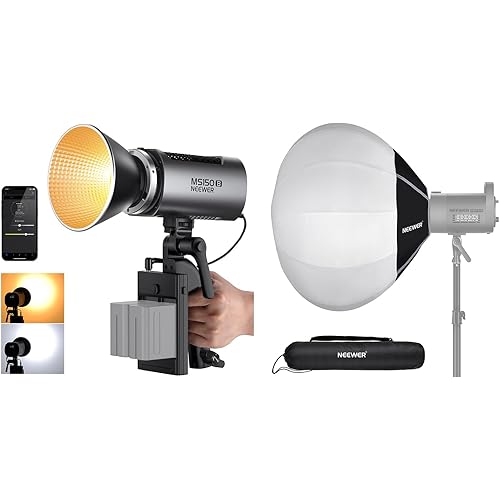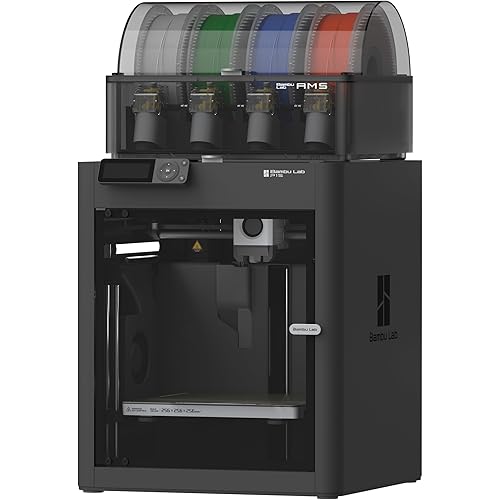Creality K1C 3D Printer, 2024 New Version 3D Printers with 600mm/s Fast Printing Speed, Support Carbon Fiber Filament 300℃ High-Temp Print, Auto Leveling and Clog-Free Direct Extruder











Buy Now, Pay Later
- – Up to 36-month term if approved
- – No impact on credit
- – Instant approval decision
- – Secure and straightforward checkout
Ready to go? Add this product to your cart and select a plan during checkout.
Payment plans are offered through our trusted finance partners Klarna, Affirm, Afterpay, Apple Pay, and PayTomorrow. No-credit-needed leasing options through Acima may also be available at checkout.
Learn more about financing & leasing here.
Selected Option
FREE refund/replacement until Jan 31, 2026 Learn more
To qualify for a full refund, items must be returned in their original, unused condition. If an item is returned in a used, damaged, or materially different state, you may be granted a partial refund.
To initiate a return, please visit our Returns Center.
View our full returns policy here.
Recently Viewed
Model: K1C
Features
- Faster and More Efficient: Creality K1C 3d printer, equips 600mm/s printing speed and 20000mm/s2 acceleration, it is12 times faster than the other normal 3d printer. Give good printing experience to customers and get a good model in short time. Printing size is 8.66*8.66*9.84 inch
- Convenient Operation: Creality K1C is well assembled and tested before shipment. After unboxing, it is ready for plug and play. The boot-up guide is similar to that of a new smartphone. 3 minutes from unboxing to powering on, you can start print quickly. Also, the auto calibration help you to print easily. Auto Z offset, auto leveling and auto input shaping test, all of the auto operation save your time largly. Give it a tap and walk away. The auto calibration gets everything ready for you. Bid farewell to the frustrating leveling test with paper
- Clog-free Direct Extruder: It can print carbon fiber filament and many kinds of filament. The K1C 3d printer equips a clog-free direct extruder enhanced a bolster spring and a ball plunger. It grips on filament tightly without slackening off. The durable steel-stipped copper nozzle is integrated with a titanium alloy heatbreak. It blocks heatcreep and can be swapped super easily. The extruder support 300C high-temperature printing
- Smart AI Function: Creality K1C equips observant AI Camera: Recognize spaghetti failure, foreign matter, debris, etc. and support real-time monitoring and time-lapse filming
- Upgraded Cooling Structure: Upgraded fans design makes the cooling function more effective. 1.Hotend fan for minimal heat creep: It avoids pre-mature filament melting from messing the feeding flow. 2.Part cooling fan for instant hardening: A strong wind hardens the fresh extrusion via a special air duct. It catalyzes layer boding and refines layer texture. 3.Auxiliary Fan for Overall Print Quality: An extra fan is on the chamber's side to assist the model cooling. It minimizes string and warping for bridges and overhangs on the printing models
Brand: Comgrow
Material: Glass and Aluminum
Color: white
Product Dimensions: 25"D x 15"W x 22"H
Item Weight: 27.3 Pounds
Product Dimensions: 25 x 15 x 22 inches
Item Weight: 27.3 pounds
Item model number: K1C
Date First Available: December 19, 2023
Manufacturer: Creality 3D
Frequently asked questions
To initiate a return, please visit our Returns Center.
View our full returns policy here.
- Klarna Financing
- Affirm Pay in 4
- Affirm Financing
- Afterpay Financing
- PayTomorrow Financing
- Financing through Apple Pay
Learn more about financing & leasing here.
Similar Products
Top Amazon Reviews

























